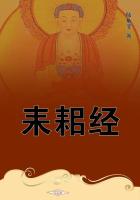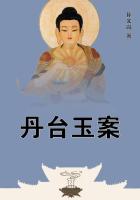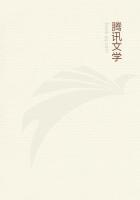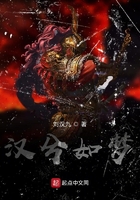"When round pure hearts a host of hopes assemble The Snake and Eagle meet--the world's foundations tremble."This piece of symbolism became a sort of fixed language with him; "the Snake" was a name by which it amused him to be known among his friends. The clash of the two opposites is crudely and narrowly conceived, with no suggestion yet of some more tremendous force behind both, such as later on was to give depth to his view of the world conflict. The loves and the virtues of Laon and Cythna, the gifted beings who overthrow the tyrant and perish tragically in a counter-revolution, are too bright against a background that is too black; but even so they were a good opportunity for displaying the various phases through which humanitarian passion may run--the first whispers of hope, the devotion of the pioneer, the joy of ******* and love, in triumph exultation tempered by clemency, in defeat despair ennobled by firmness. And although in this extraordinary production Shelley has still not quite found himself, the technical power displayed is great. The poem is in Spenserian stanzas, and he manages the long breaking wave of that measure with sureness and ease, imparting to it a rapidity of onset that is all his own. But there are small blemishes such as, even when allowance is made for haste of composition (it was written in a single summer), a naturally delicate ear would never have passed; he apologises in the preface for one alexandrine (the long last line which should exceed the rest by a foot) left in the middle of a stanza, whereas in fact there are some eight places where obviously redundant syllables have crept in. A more serious defect is the persistence, still unassimilated, of the element of the romantic-horrible. When Laon, chained to the top of a column, gnaws corpses, we feel that the author of Zastrozzi is still slightly ridiculous, magnificent though his writing has become. It is hard, again, not to smile at this world in which the melodious voices of young eleutherarchs have only to sound for the crouching slave to recover his manhood and for tyrants to tremble and turn pale. The poet knows, as he wrote in answer to a criticism, that his mission is "to apprehend minuteand remote distinctions of feeling," and "to communicate the conceptions which result from considering either the moral or the material universe as a whole." He does not see that he has failed of both aims, partly because 'The Revolt' is too abstract, partly because it is too definite. It is neither one thing nor the other. The feelings apprehended are, indeed, remote enough; in many descriptions where land, sea, and mountain shimmer through a gorgeous mist that never was of this earth, the "material universe" may perhaps be admitted to be grasped as a whole; and he has embodied his conception of the "moral universe" in a picture of all the good impulses of the human heart, that should be so fruitful, poisoned by the pressure of religious and political authority. It was natural that the method which he chose should be that of the romantic narrative--we have noticed how he began by trying to write novels--nor is that method essentially unfitted to represent the conflict between good and evil, with the whole universe for a stage; instances of great novels that are epics in this sense will occur to every one. But realism is required, and Shelley was constitutionally incapable of realism The personages of the story, Laon and the Hermit, the Tyrant and Cythna, are pale projections of Shelley himself; of Dr. Lind, an enlightened old gentleman with whom he made friends at Eton; of His Majesty's Government; and of Mary Wollstonecraft, his wife's illustrious mother. They are neither of the world nor out of it, and consequently, in so far as they are localised and incarnate and their actions woven into a tale, 'The Revolt of Islam' is a failure. In his next great poem he was to pursue precisely the same aims, but with more success, because he had now hit upon a figure of more appropriate vagueness and sublimity. The scheme of 'Prometheus Unbound' (1819) is drawn from the immortal creations of Greek tragedy.
He had experimented with Tasso and had thought of Job; but the rebellious Titan, Prometheus, the benefactor of mankind whom Aeschylus had represented as chained by Zeus to Caucasus, with a vulture gnawing his liver, offered a perfect embodiment of Shelley's favourite subject, "the image," to borrow the words of his wife, "of one warring with the Evil Principle, oppressed not only by it, but by all--even the good, who are deluded into considering evil a necessary portion of humanity; a victimfull of fortitude and hope and the Spirit of triumph, emanating from a reliance in the ultimate omnipotence of Good." In the Greek play, Zeus is an usurper in heaven who has supplanted an older and milder dynasty of gods, and Prometheus, visited in his punishment by the nymphs of ocean, knows a secret on which the rule of Zeus depends. Shelley took over these features, and grafted on them his own peculiar confidence in the ultimate perfection of mankind. His Prometheus knows that Jupiter (the Evil Principle) will some day be overthrown, though he does not know when, and that he himself will then be released; and this event is shown as actually taking place. It may be doubted whether this treatment, while it allows the poet to describe what the world will be like when freed from evil, does not diminish the impressiveness of the suffering Titan; for if Prometheus knows that a term is set to his punishment, his defiance of the oppressor is easier, and, so far, less sublime. However that may be, his opening cries of pain have much romantic beauty:

